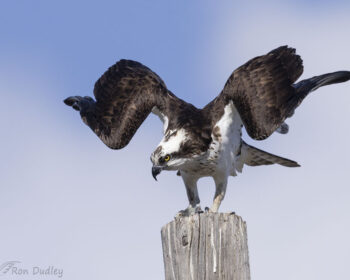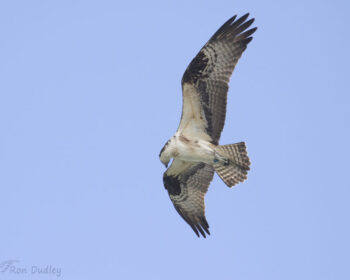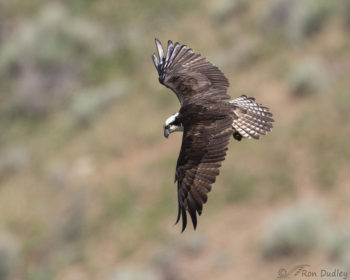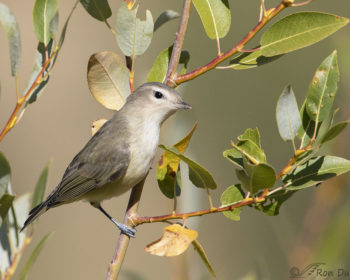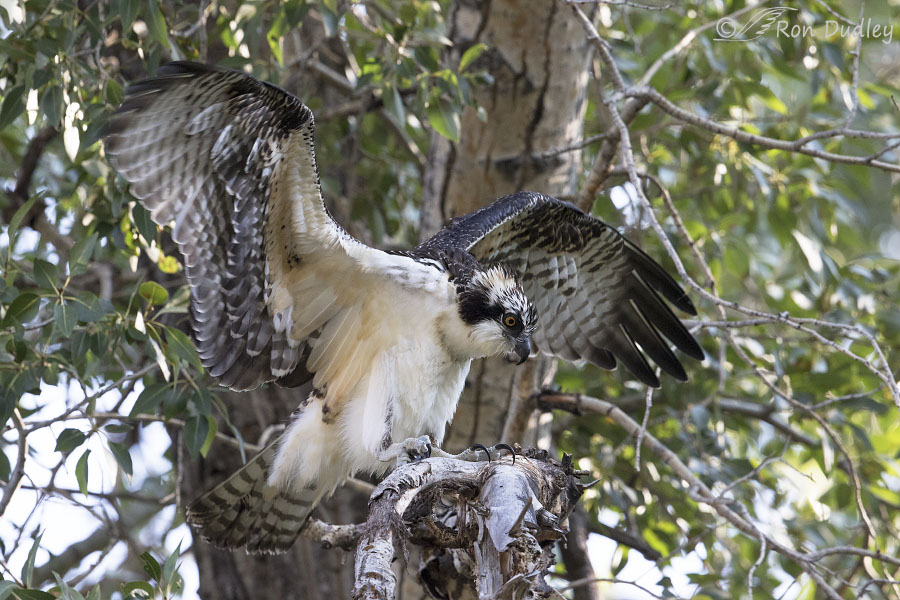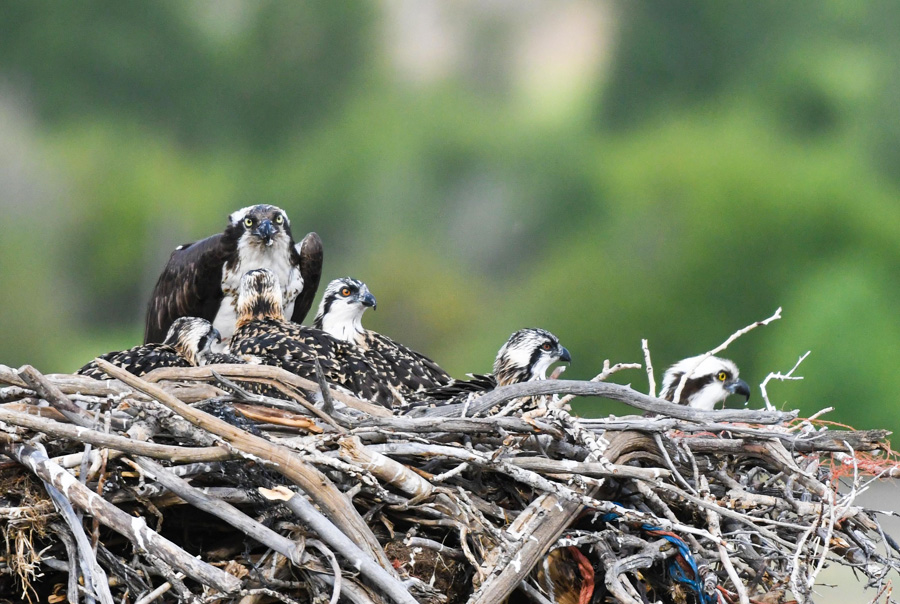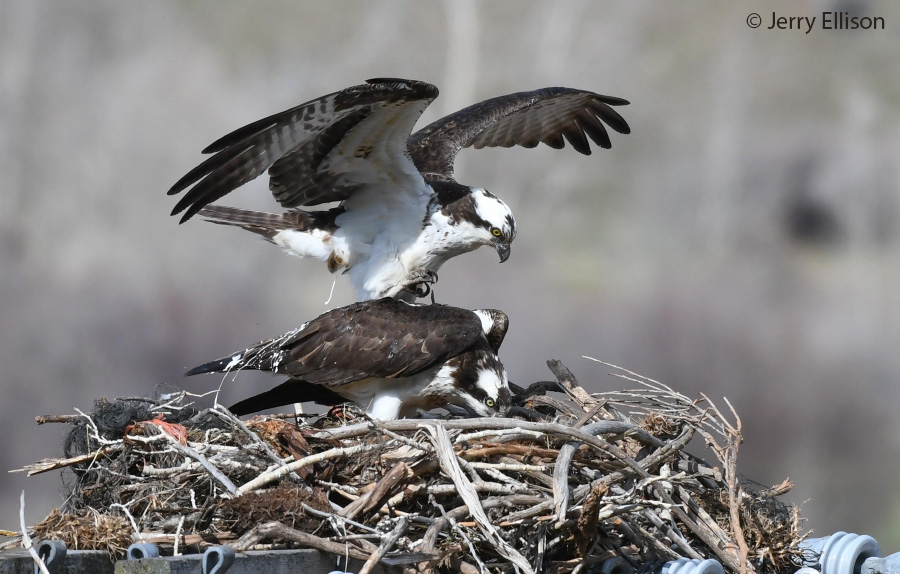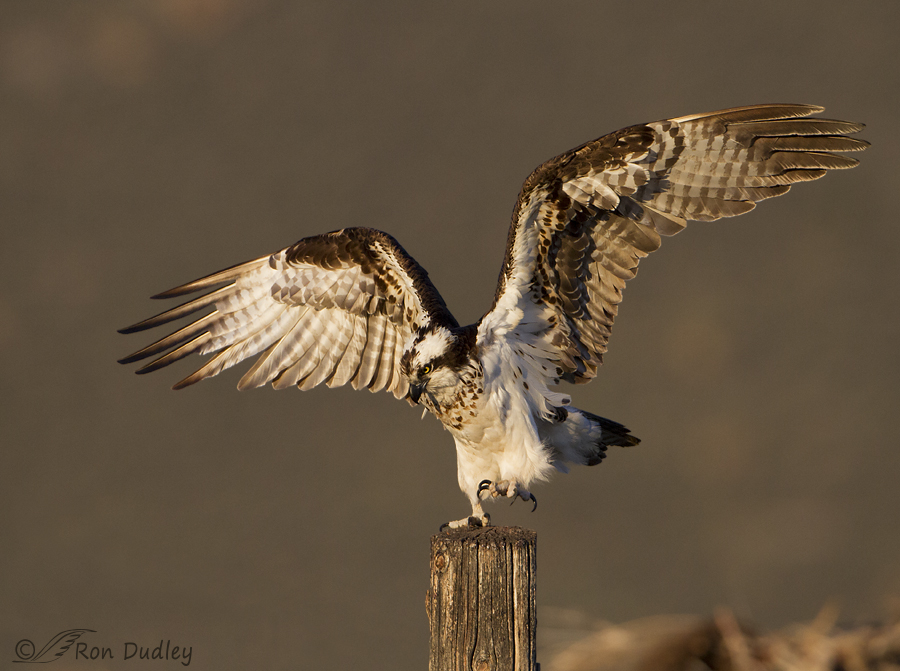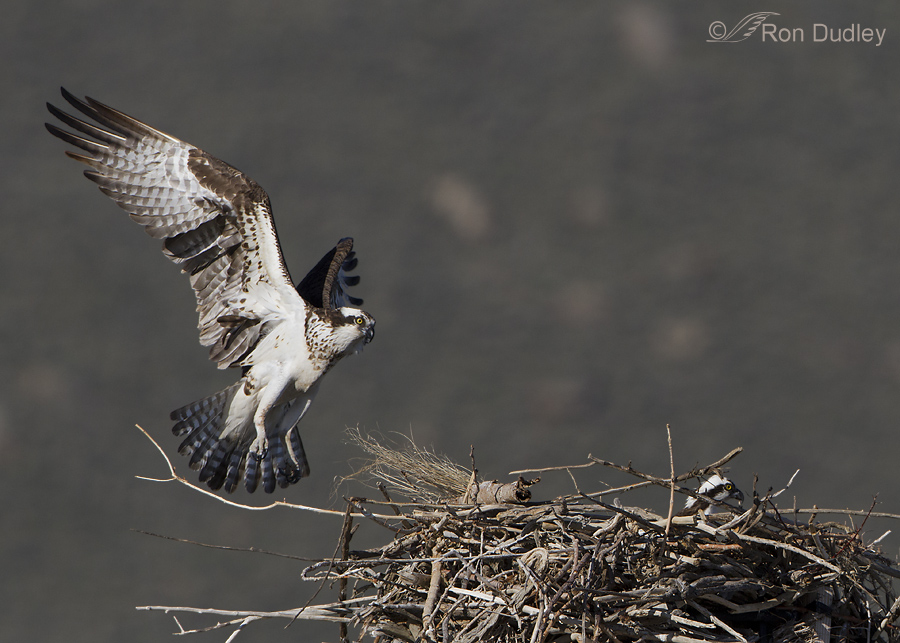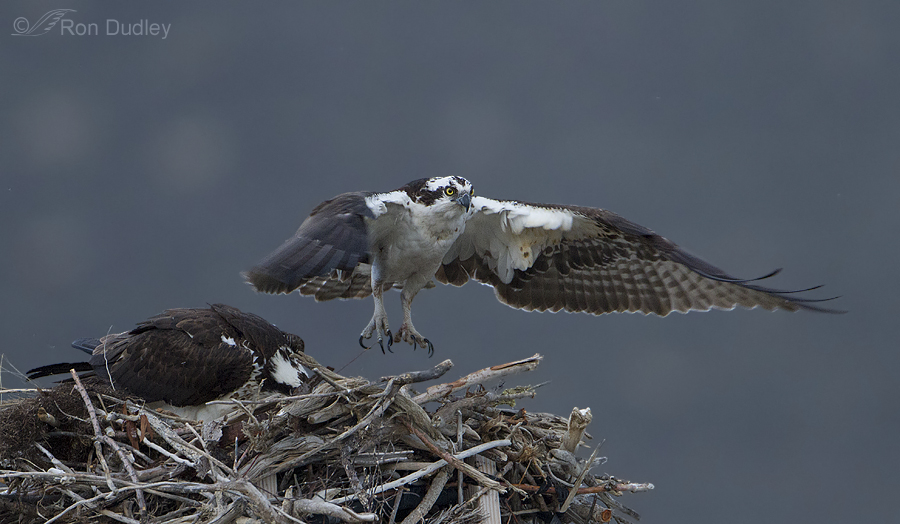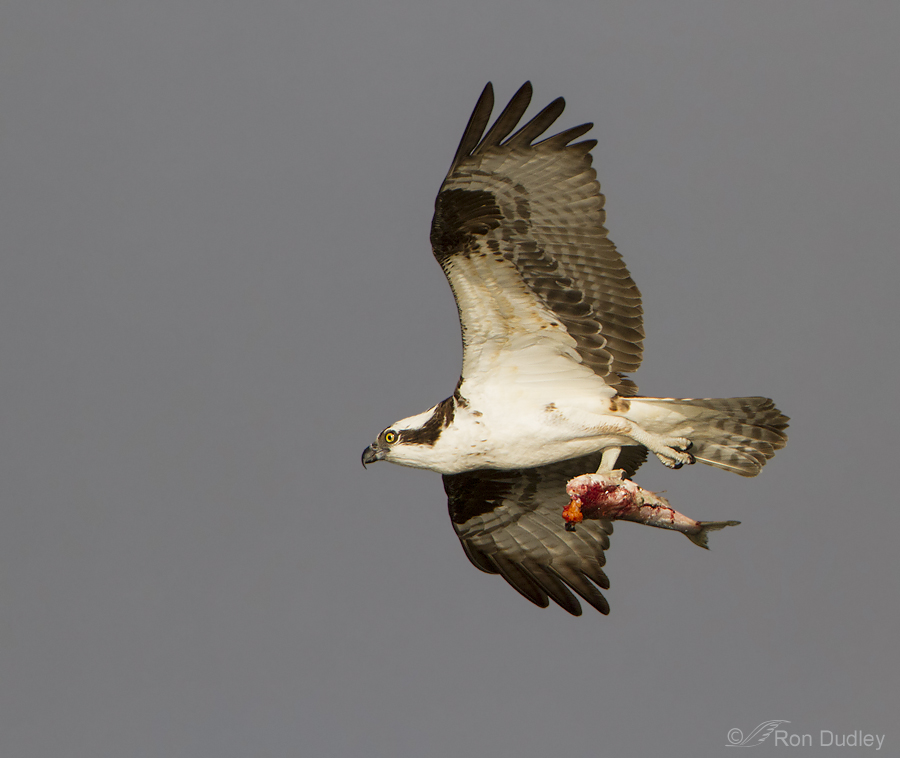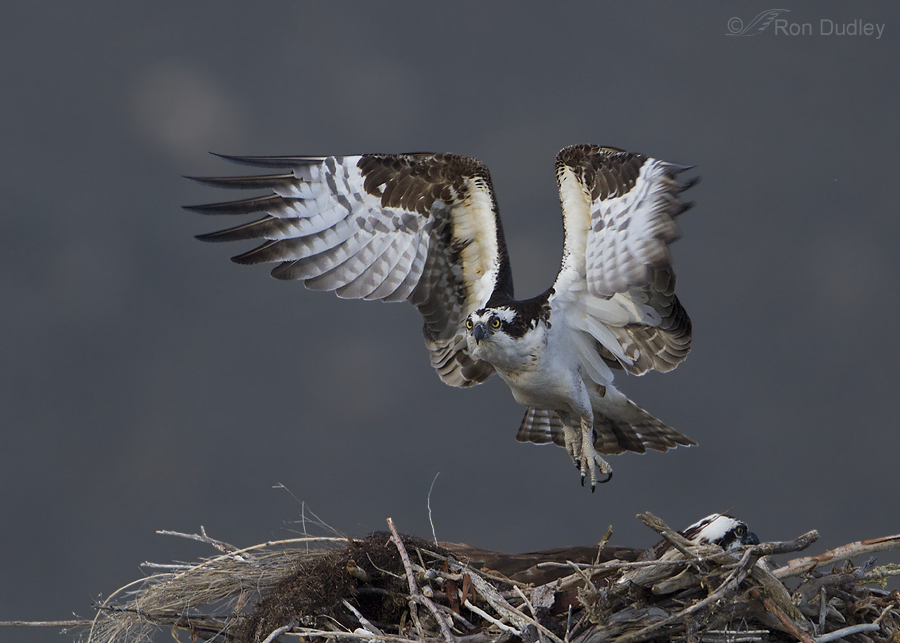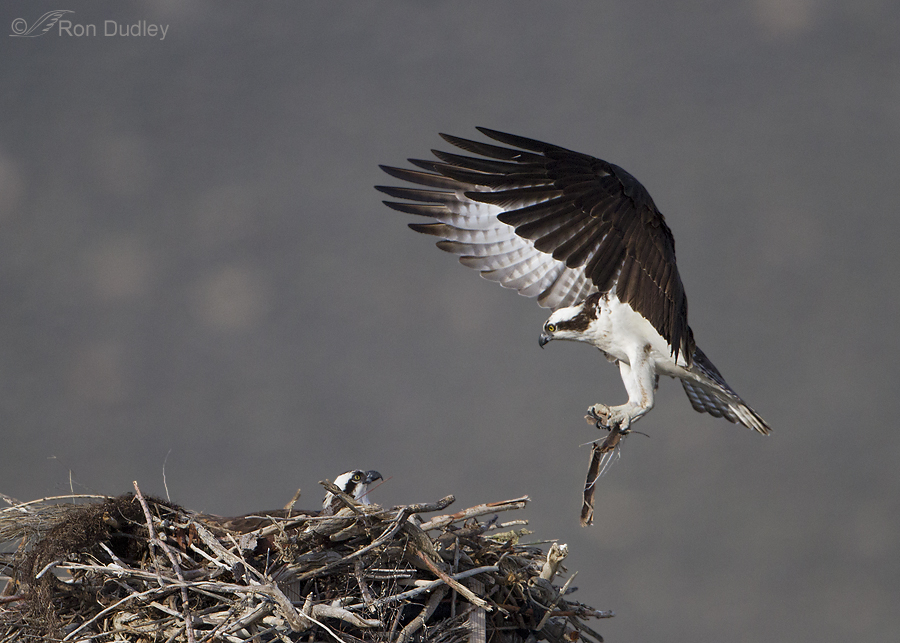Tag: pandion haliaetus
An Osprey In The City
Yesterday’s Surprise Osprey
A Warbling Vireo And A Surprise Osprey Carrying A Trout
A Young And Inexperienced Osprey Loses A Fish
A Huge Win For A Persistent Osprey Pair
An Osprey Behavioral Mystery – Any Thoughts?
An Osprey Pirouette
Osprey Changing Of The Guard
Osprey Behavior – Something I Hadn’t Noticed Before
Osprey In Flight With Trout
Male Osprey Landing At Nest
Ospreys In Shooting Conditions That Drove Me A Little Nuts(er)
Flaming Gorge Osprey – An Experiment That Worked
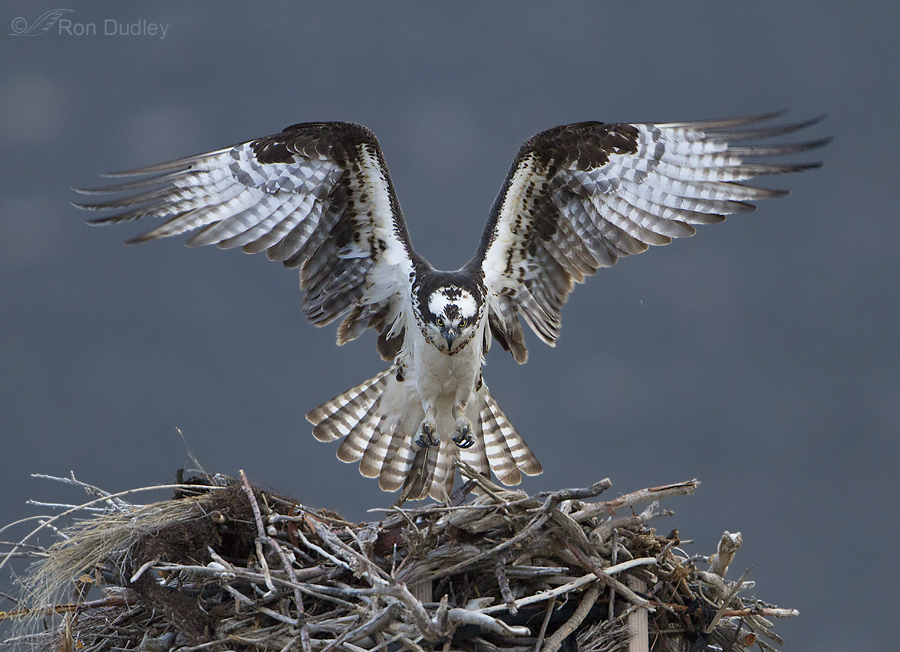
We returned home Thursday after spending three wonderful days camping at Flaming Gorge in NE Utah. This is very close to the view we had on most mornings from our campsites (two of them), though this image was taken the morning before the Osprey photo, below. As you’ll see, the lighting conditions were dramatically different…
Flaming Gorge Osprey
The Osprey is a species that I’ve only had a handful of opportunities with but last spring I found a cooperative nesting pair at Flaming Gorge. In my mind this is a true miracle species because it has arisen Phoenix-like from the ashes of its own demise. During the 1950s-1970s their populations crashed dramatically, largely due to the effects of DDT and other persistent pesticides in the environment which caused severe eggshell-thinning and poor hatching success. But when those chemicals were banned the Osprey made a miraculous comeback and today their numbers are approaching historical highs. Part of the reason for that success has been the widespread use of artificial nesting sites. In some areas of North America, 90-95% of all nesting pairs choose these artificial sites over natural ones. The nest of this mated pair was on a pole installed for that purpose close to Flaming Gorge Reservoir. 1/1600, f/6.3, ISO 500, 500 f/4, 1.4 tc, natural light, cloned out a piece of nest platform, not baited, set up or called in This is most likely the male of the pair (less conspicuous breast band) bringing a small fish in to the incubating female on the nest platform. 1/2500, f/7.1, ISO 500, 500 f/4, 1.4 tc, natural light, not baited, set up or called in I believe this to be the female coming into the nest. 1/2000, f/7.1, ISO 500, 500 f/4, 1.4 tc, canvas added, natural light, not baited, set up or called in When the male would bring its mate a fish…


